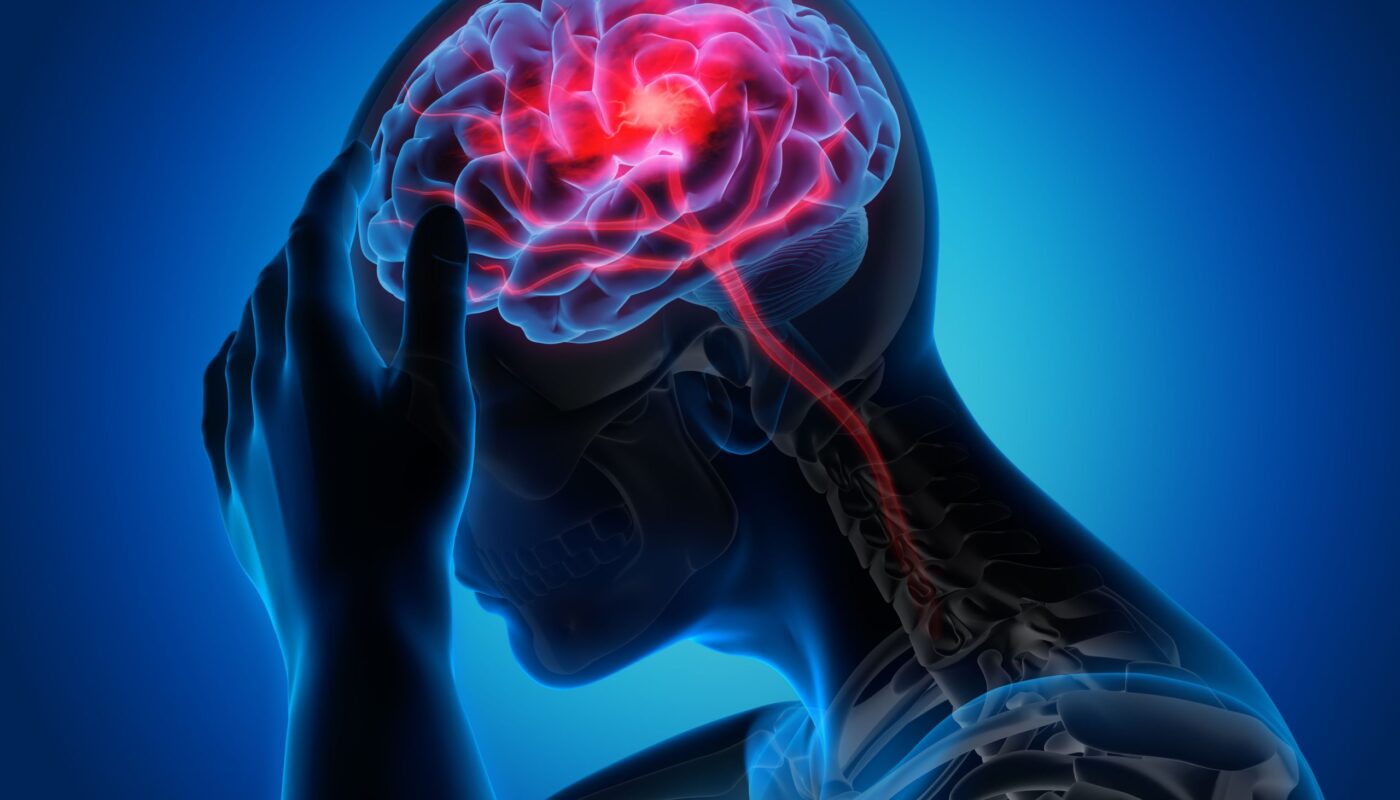Alcohol use disorder affects a staggering 283 million people worldwide, posing significant health challenges for which there are limited treatment options available. The economic burden of this disorder is estimated to exceed $2 trillion annually.
A recent study conducted by Kim, an associate professor of oral and maxillofacial surgery in the School of Dentistry at the health science center, along with colleagues, has shed light on the underlying cause of alcohol withdrawal headaches. The researchers have identified a stress hormone called corticotropin-releasing factor (CRF) that activates immune cells known as mast cells in the dura, a thin and transparent membrane beneath the skull.
Crucially, the team’s study, published in the journal Neuron on October 30th, reveals that CRF binds to a specific mast cell receptor called MrgprB2. This finding is key to understanding the mechanism behind alcohol withdrawal headaches.
During the process of alcohol withdrawal, the CRF stress hormone is released from the hypothalamus, a region in the brain responsible for regulating various bodily functions. The CRF then travels through peripheral blood vessels to the dura, where it is discharged from the vessels and binds to MrgprB2. This signaling prompts mast cells to degranulate, or open, thereby releasing chemical messengers that lead to functions such as blood vessel dilation.
Additionally, this process activates peripheral nerve fibers connected to trigeminal ganglia neurons, which are sensory neurons responsible for transmitting sensations from the head and face. As a result, these neurons become sensitized, leading to the onset of alcohol withdrawal headaches.
This study brings us one step closer to understanding the molecular mechanisms underlying alcohol withdrawal headaches, opening new possibilities for the development of more effective treatments for this debilitating condition.
Note:
- Source: Coherent Market Insights, Public sources, Desk research
- We have leveraged AI tools to mine information and compile it



